cala / streetlight

The design issue behind this project points the mismatching between current led streetlight shapping and multi-led layouts shape possibilities.
With our design approach we are trying to jump ahead from bulb lamp design structure in order to explore different ways to get a correct light performance now with a functional multi-led layout.

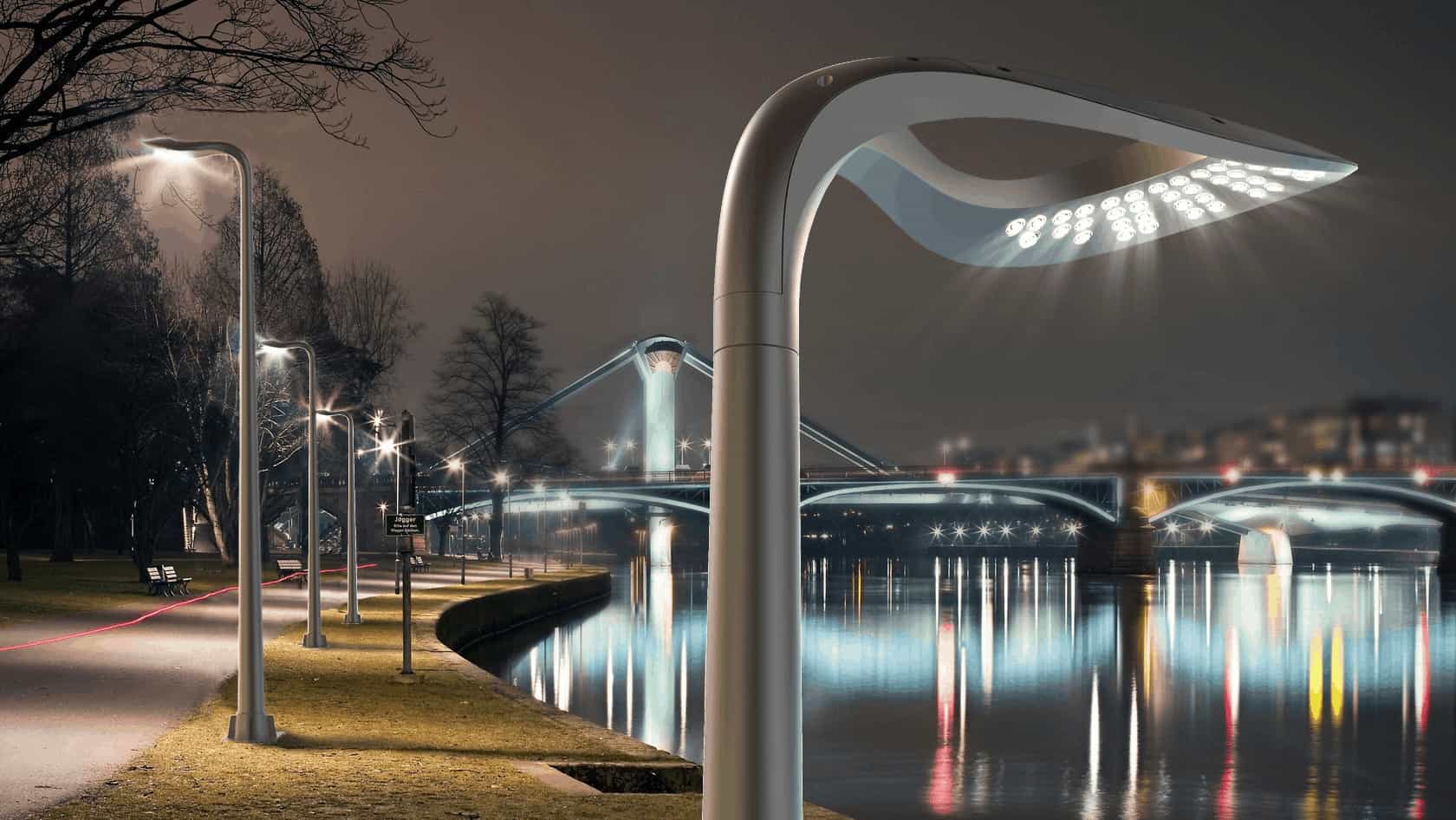
Horizontal curvatures and a hole generated by the ribbon led display jump ahead in the search of a very recognisable silouette and
playing with the subtile view distorssion provided by the lamp height.
Three different configurations were generated from this ID for different heigh and range requirements, equipping twenty four or fourty eight
high intensity leds.
To reach the IP66 protection requirement, housing enclosures were designed with a double slot path to keep the indoor volume
safe from intensive raining.
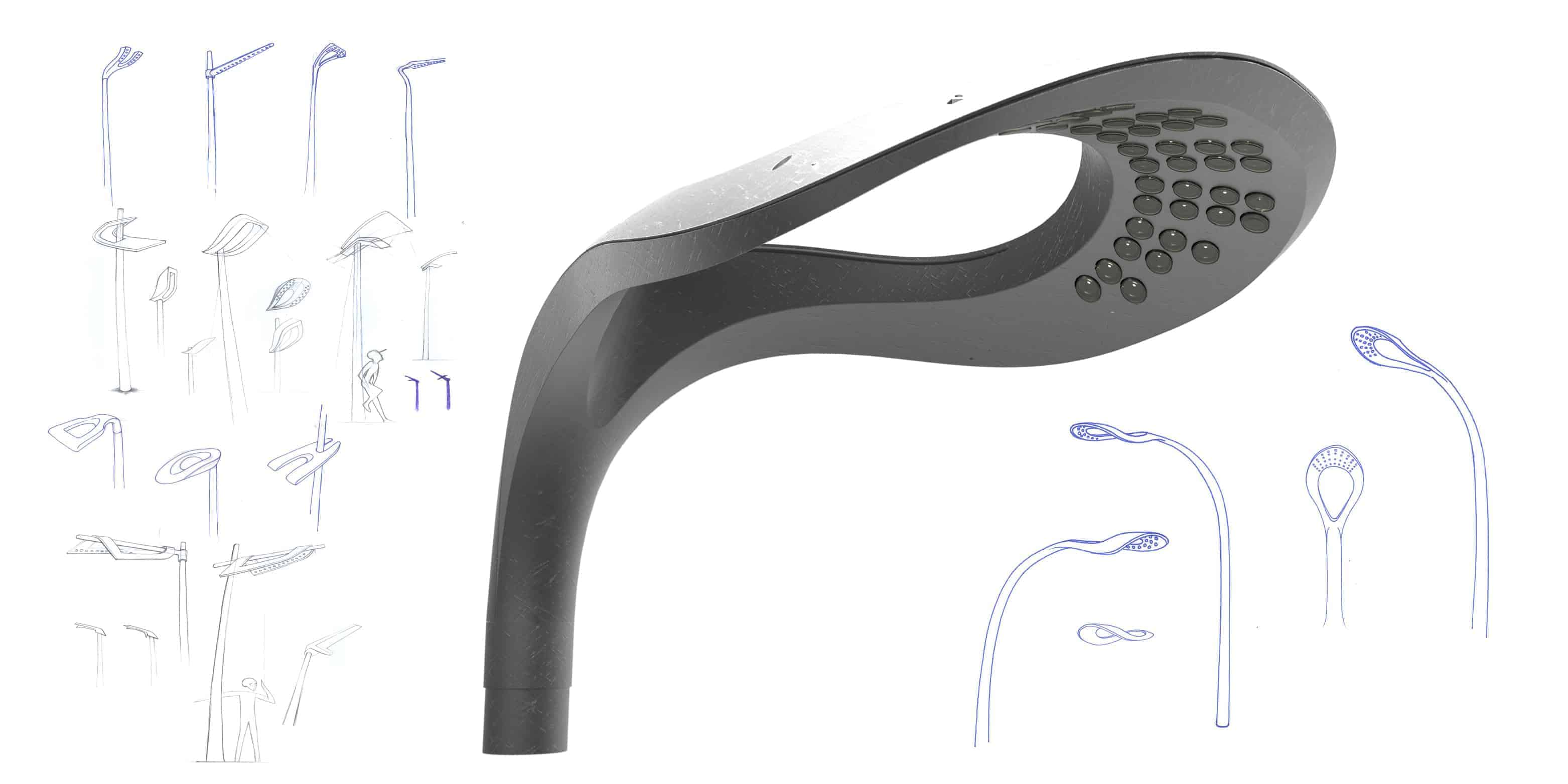
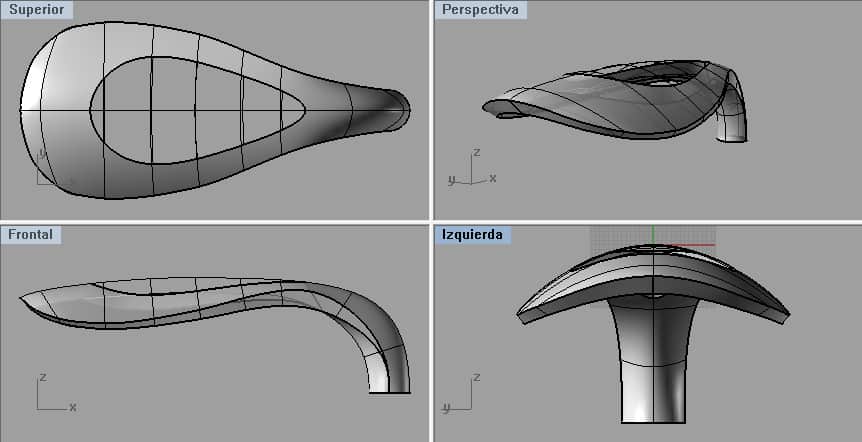
We started with a shape study focused on different streetlight styles and configurations available across different Barcelona districts. Different detailed sketches were made in situ just to ensure that sculptural essence was catched into its real context.
After the first analitic step, we ran into lots of fast sketches that allowed us to process the design concepts found through our previous conclusions.
Once we got a concret ID that reached our expectations, surface modeling started. The target, as usual, it was to rationalize the sketched lines while keeping or even enhacing the visual different viewpoints' essence. It was easier to keep the proportion correspondence between different viewpoints by getting final lines from planar-view-sketches intersection, instead of building 3D curves indepently.
When the clean outter skin surfaces were ready with Rhino, we moved the geometry to PTC Creo's interface in order to develope the current shape for part tooling. Heat sinks (for 24 and 48 leds) were tested at PTC Creo’s physics simulator in order to optimize its design details.
From various catalogues, different diodes were analyzed and combined to get a satisfactory light spreading in both twenty four and fourty eight configurations. Light spreading diagrams were simulated from final led layouts and added to the technical data memory that merged the rest of the industrial details of the final approach.
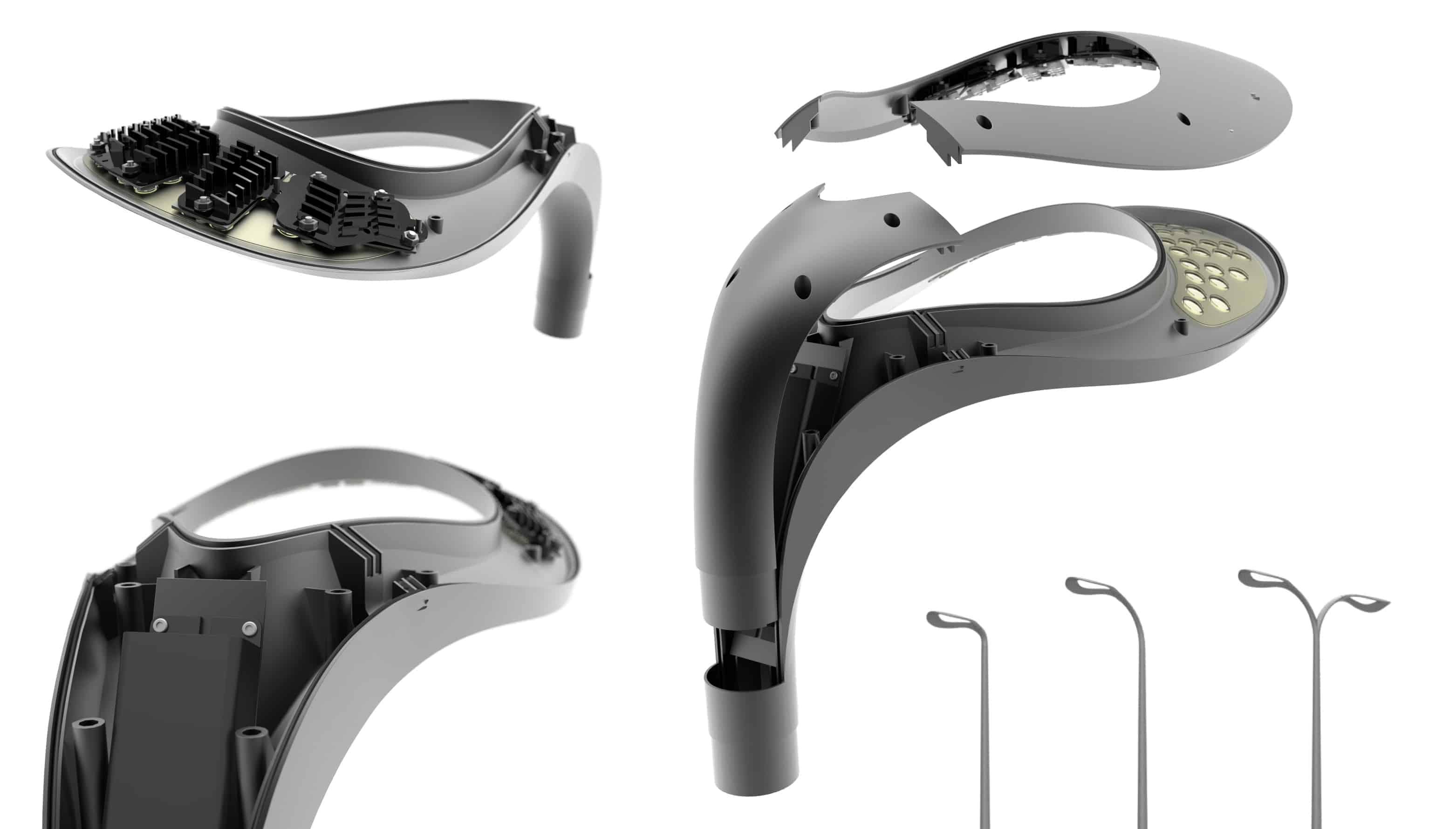
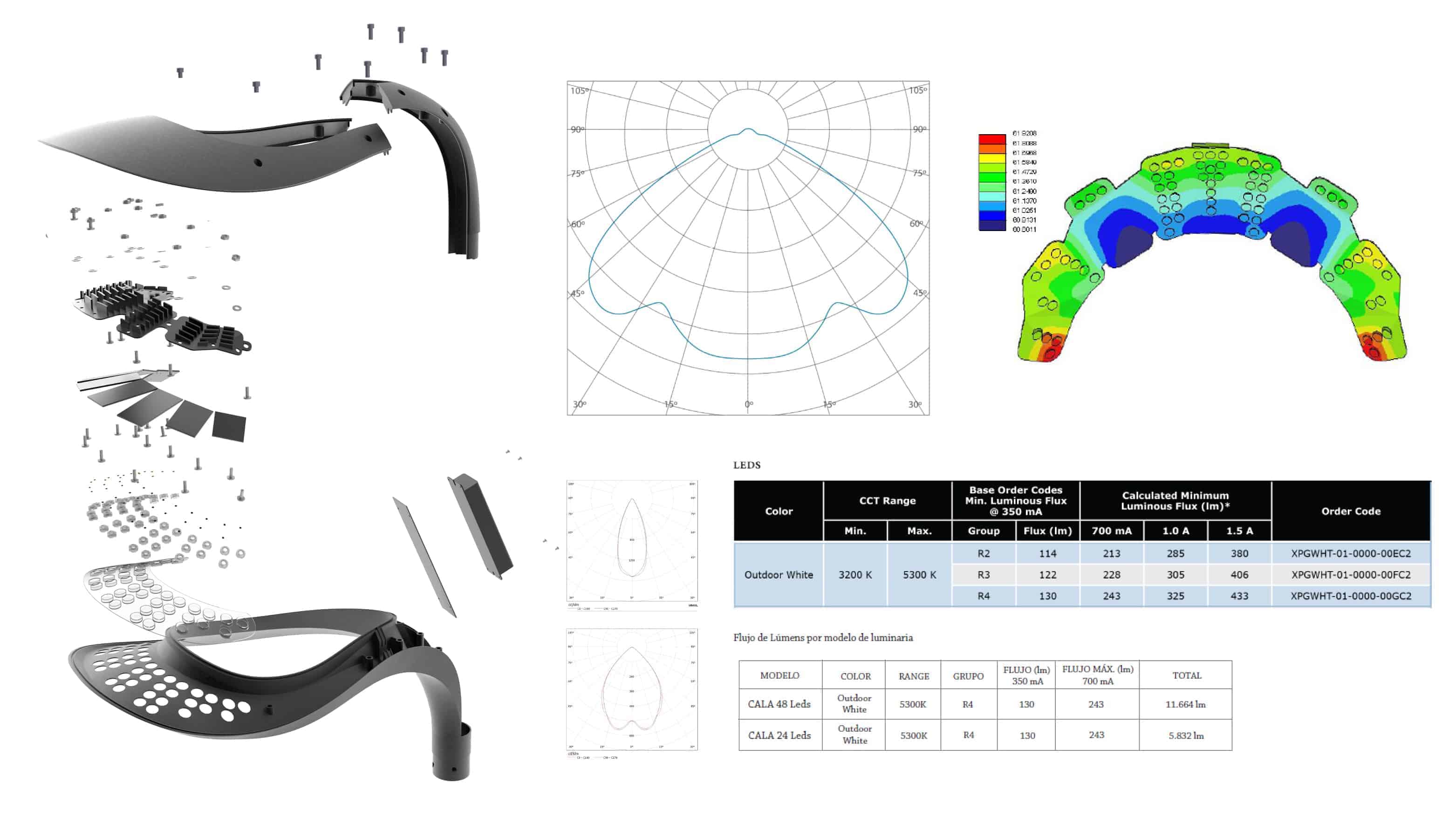
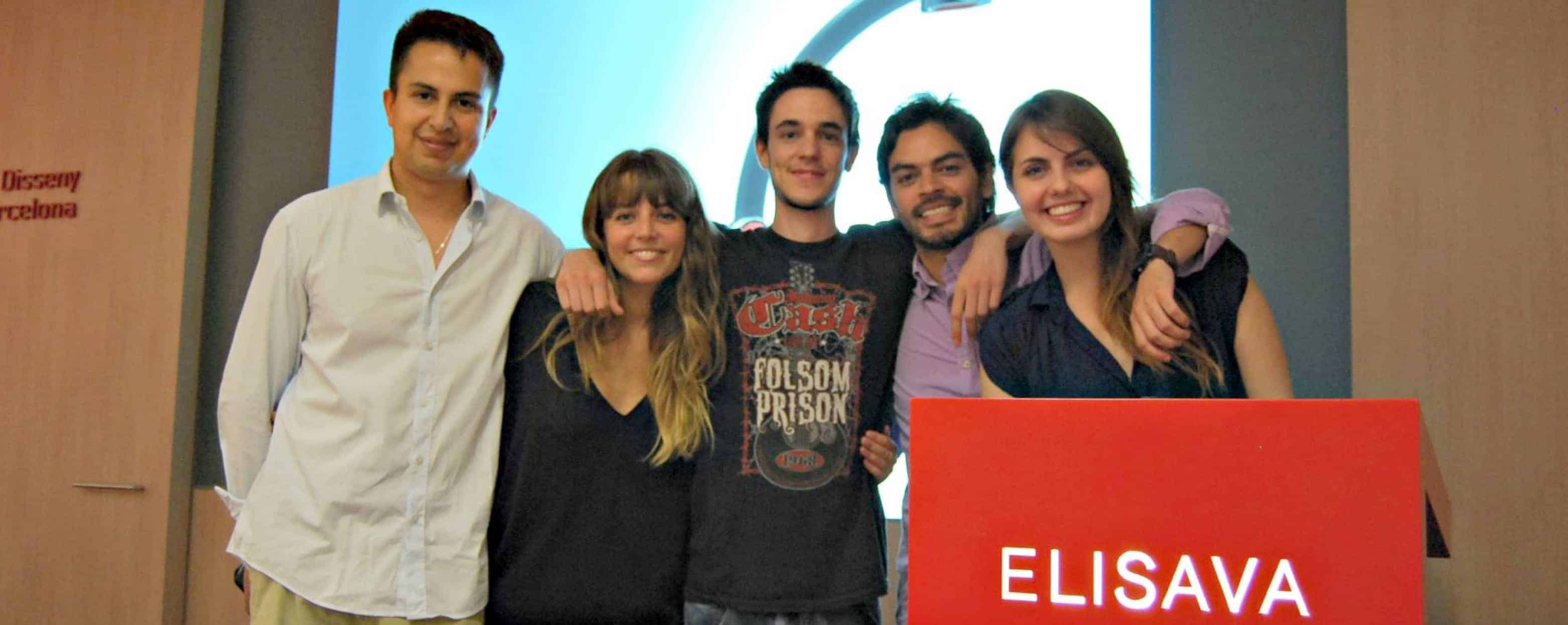
Looking back to the different public presentations along the process, we can extract a kind of conclusion related to client's responding in this case:
Curves are the most important part of an sketch when you are trying to sell an idea. Far away from shading or compositions, curves must recieve the biggest care and attention to be simple and expressive; even if you don't draw lines like that and another way to represent curves and silouettes is found.
This project was developed by Jordi Perez, Christine Schlack, Stefania Grunspan, Luis Rueda and Lucas Lopez and presented to Lamp Lighting contextualized into the PostGraduate studies of Product Development in Elisava Barcelona School of Design and Engineering in July of 2013.
Special Thanks to the Professors Mr. Robert Thomnpson Casas and Marta Janeras.